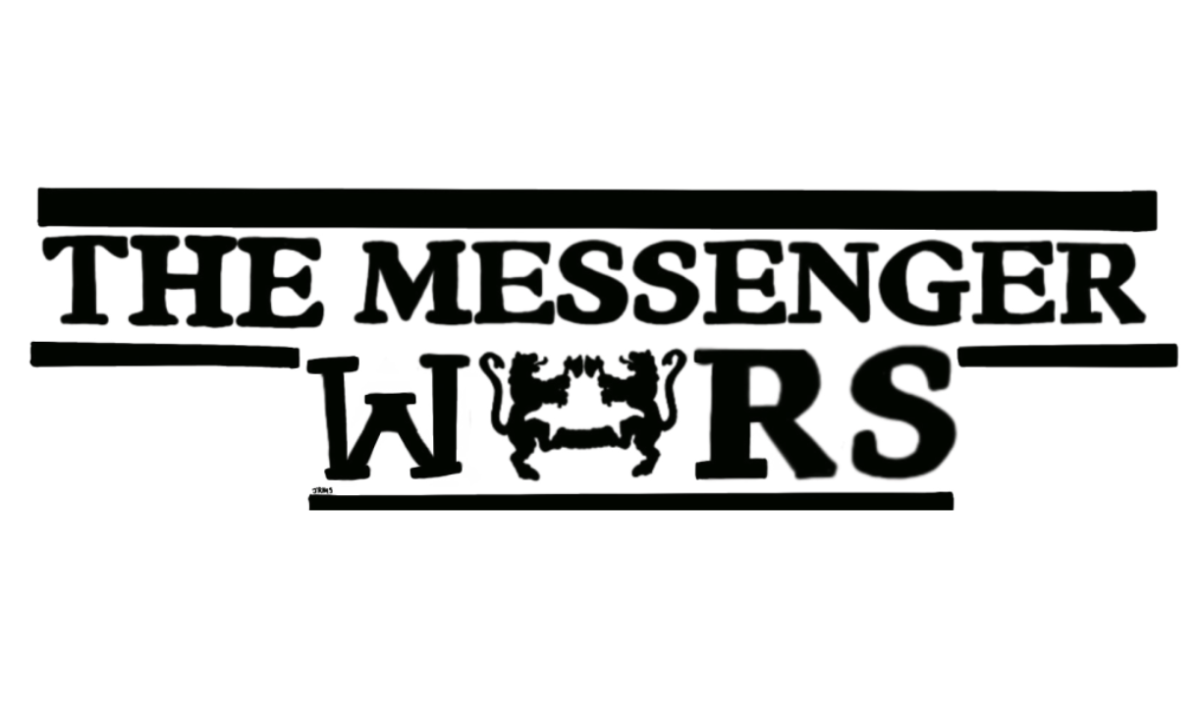Starbucks CEO Howard Schultz recently instituted a new movement in his stores. He aims to combat racial inequality in the U.S. by prompting discussion between patrons and their baristas at Starbucks. With the slogan “Race Together,” employees have been encouraged to engage customers in race-related discourse, striking up a conversation or leaving notes on coffee cups.
At the very least, it is possible that Schultz has very pure intentions with this imperative. He seems to recognize that the U.S. is in a position of extreme racial inequality, its mounting tension made apparent through recent cases such as the death of Eric Garner or the events in Ferguson, Mo. Whether the CEO is capitalizing on these events for publicity or whether he truly wants to spark discussion is mostly irrelevant. The movement has a pure basis and positive potential. Despite this, it is extremely misguided.
Almost all popular reaction to this attempt at spurring racial discussion has been critical, outlining how little average people going to Starbucks for their morning coffee are willing to discuss anything, race included. Similarly, many have reported a lack of enthusiasm among employees in starting this talk with the customers, instead doing the minimum required by the new policy. And why should they put in the effort? I don’t mean to suggest that the average Starbucks employees have disdain for their jobs, but I doubt that attempting to save the world with a Sharpie and a coffee cup is in their employment contract. Maybe that’s the underlying point – that these broad issues are something that we should be constantly aware of and talking about, imbuing our coffee-drinking experience with them so that we will bring the discussion to the water cooler or the lunch table. That sentiment is all fine and good, but Starbucks is simply not the venue for it.
Consider, if you will, what the modern idea of a coffee shop is, as well as the attitudes and scenery that comprise it. Maybe you’re thinking of a stack of smooth holiday CDs, or a snobby grad student with a 30-page thesis on Plato’s “Allegory of the Cave” brewing in his head alongside the half-mocha frappuccino that the forty-something blonde suburbanite just ordered to make it through her darling child’s soccer game. A series of stereotypes and jokes so played out in popular media that they feel tired. This is the environment in which Schultz is attempting to launch this means of racial discussion, and this is why it just ends up another part of the joke. It seems silly that someone would try and add a serious discussion to a place like this. Like the Kenny G plays Christmas CDs collecting dust on the counter, we are left to wonder: who really thought this was a good idea?
Ultimately, this venture was bound to fail no matter how well it was implemented, because at the end of the day, people don’t like to be told what to do. Especially by corporations. In this sense, it almost becomes harmful to the discussion of race relations in the U.S. It becomes a parody, something we don’t want to do because we find it so silly that Big Daddy Starbucks tried to make us. It becomes easy to mock the entire idea, which naturally extends to the appearance of mocking racial discourse in general, or at least turning away out of some sense of spite. It is certainly important talk about race, but we shouldn’t do it because Starbucks told us to.
Conlan Campbell ’18 [email protected] is from Burnsville, Minn. His major is undecided.
Graphic Credit: ERIN KNADLER/MANITOU MESSENGER



